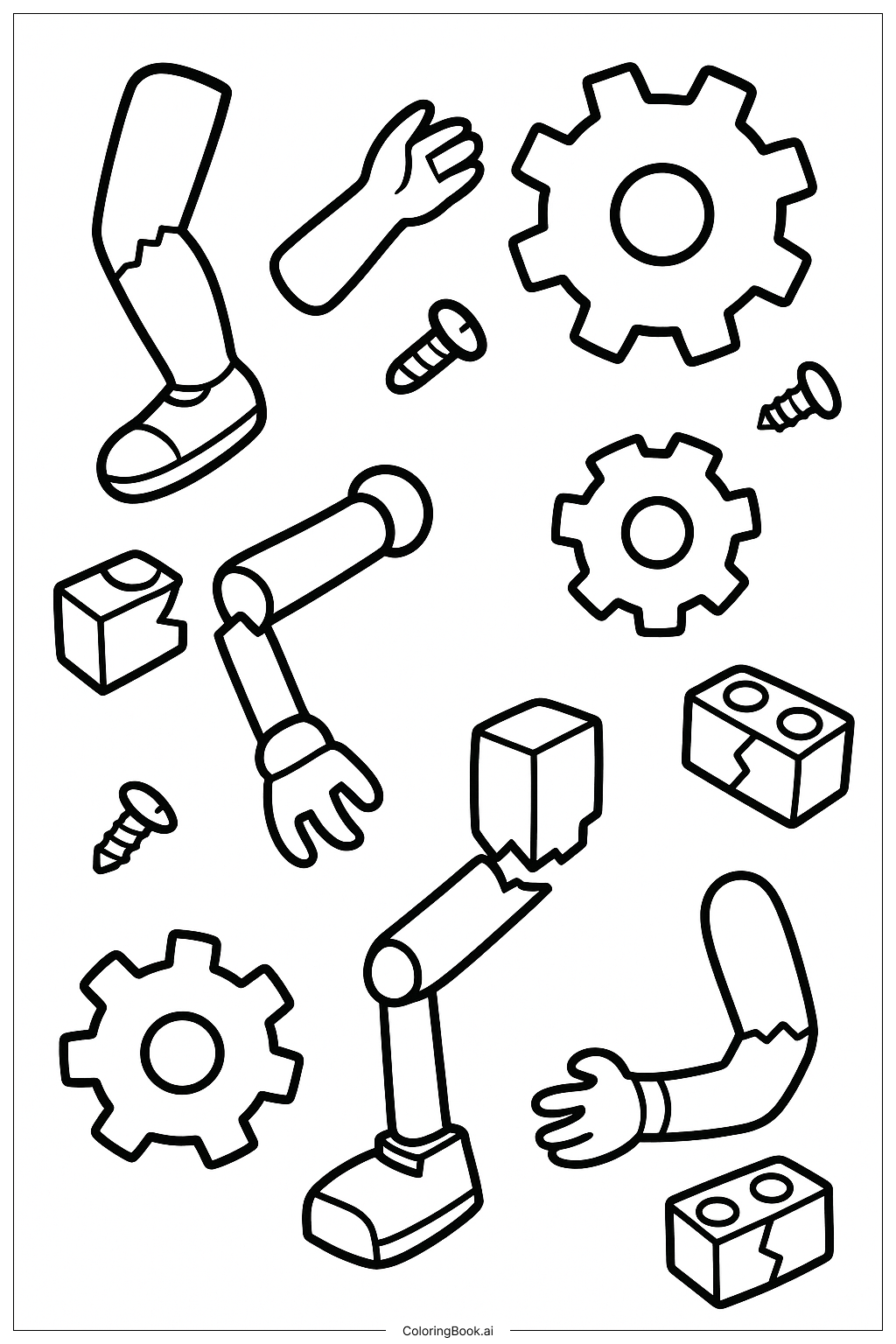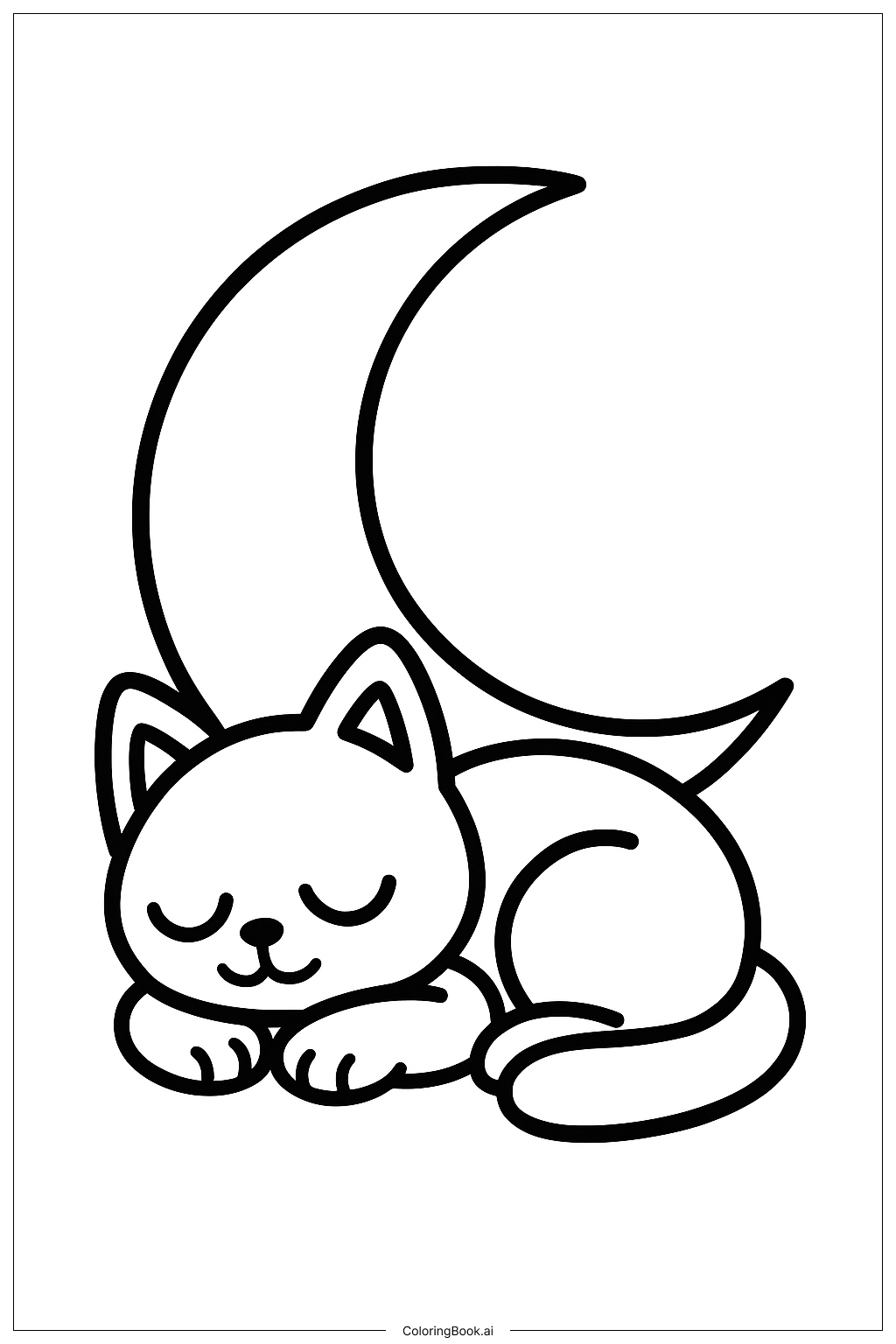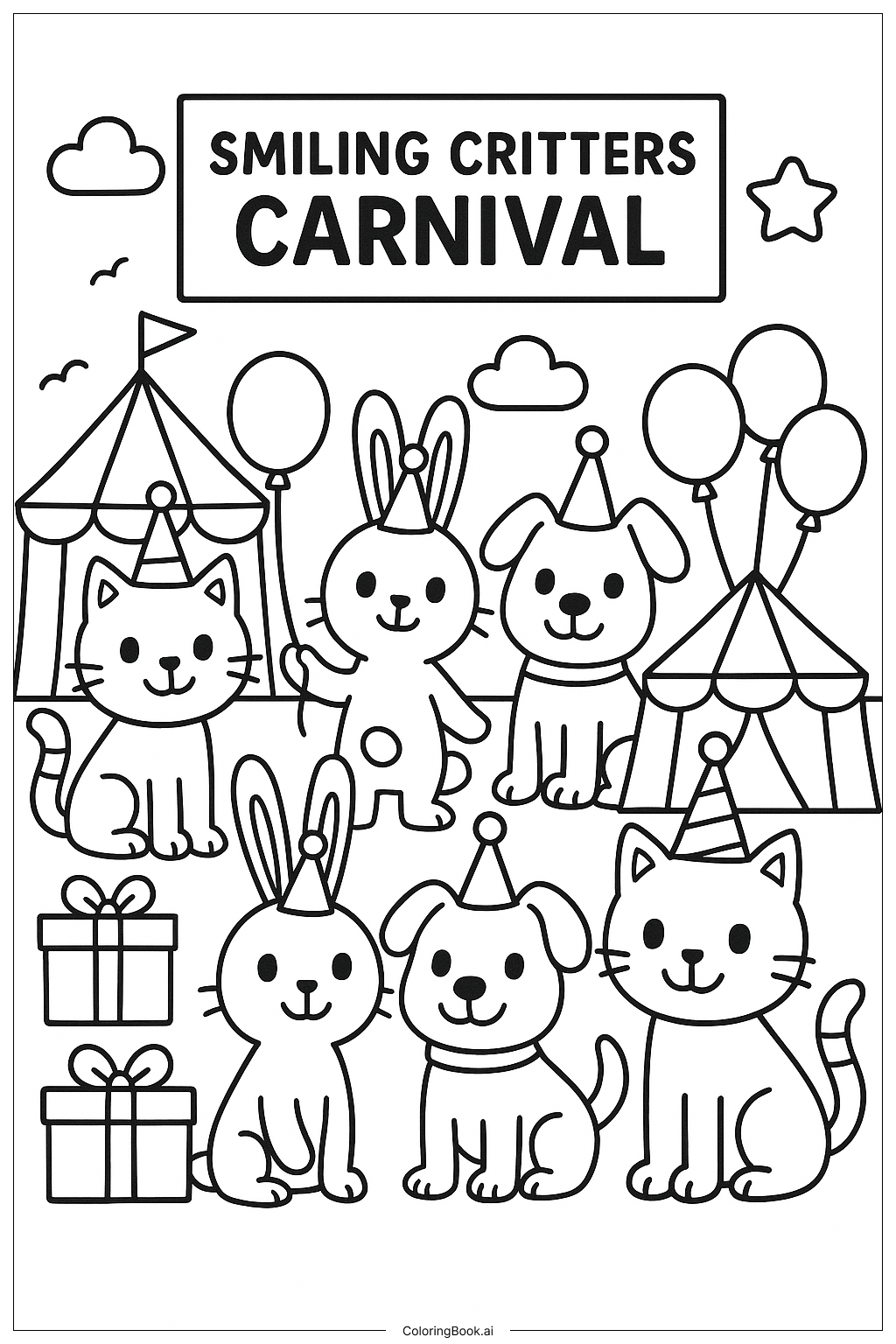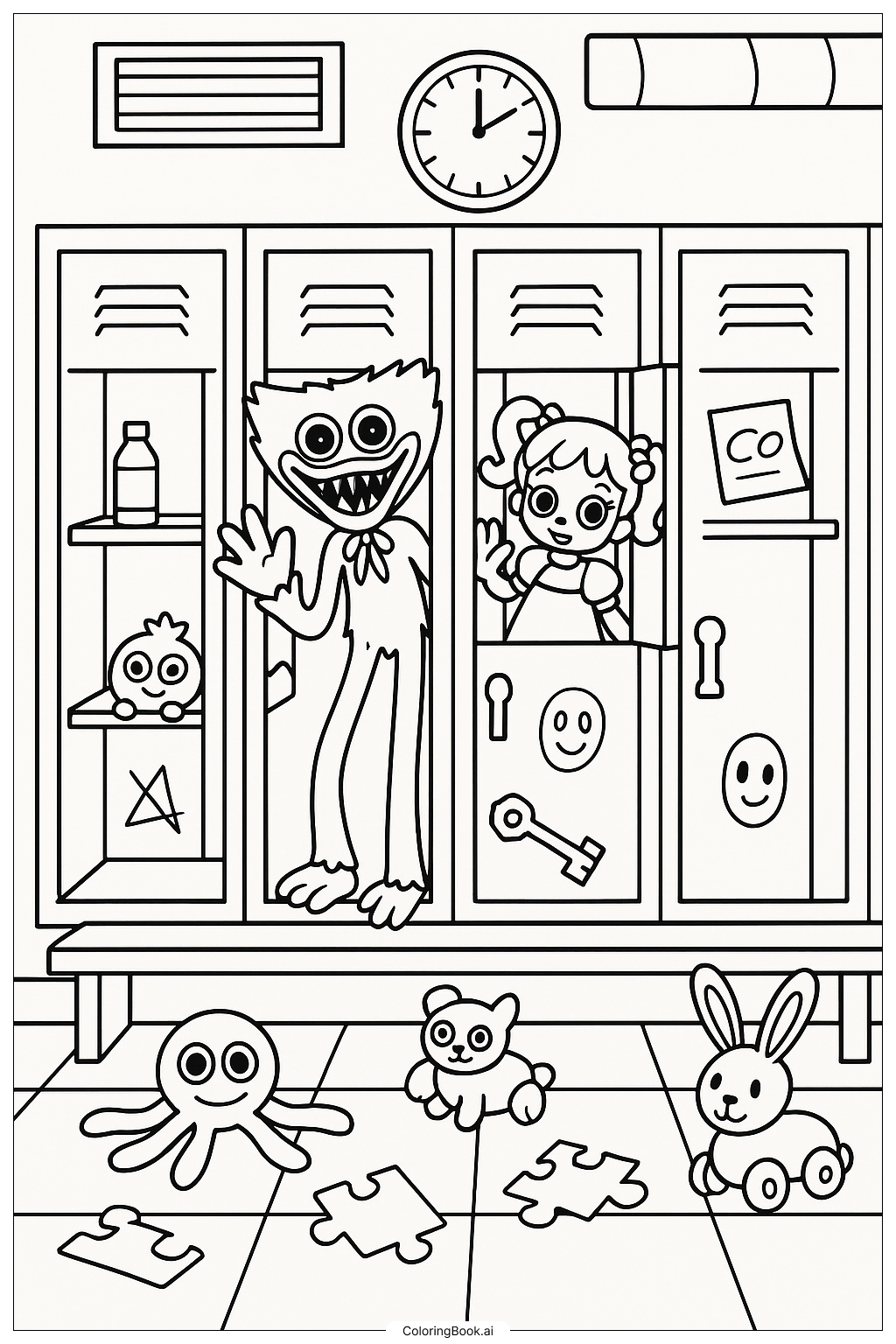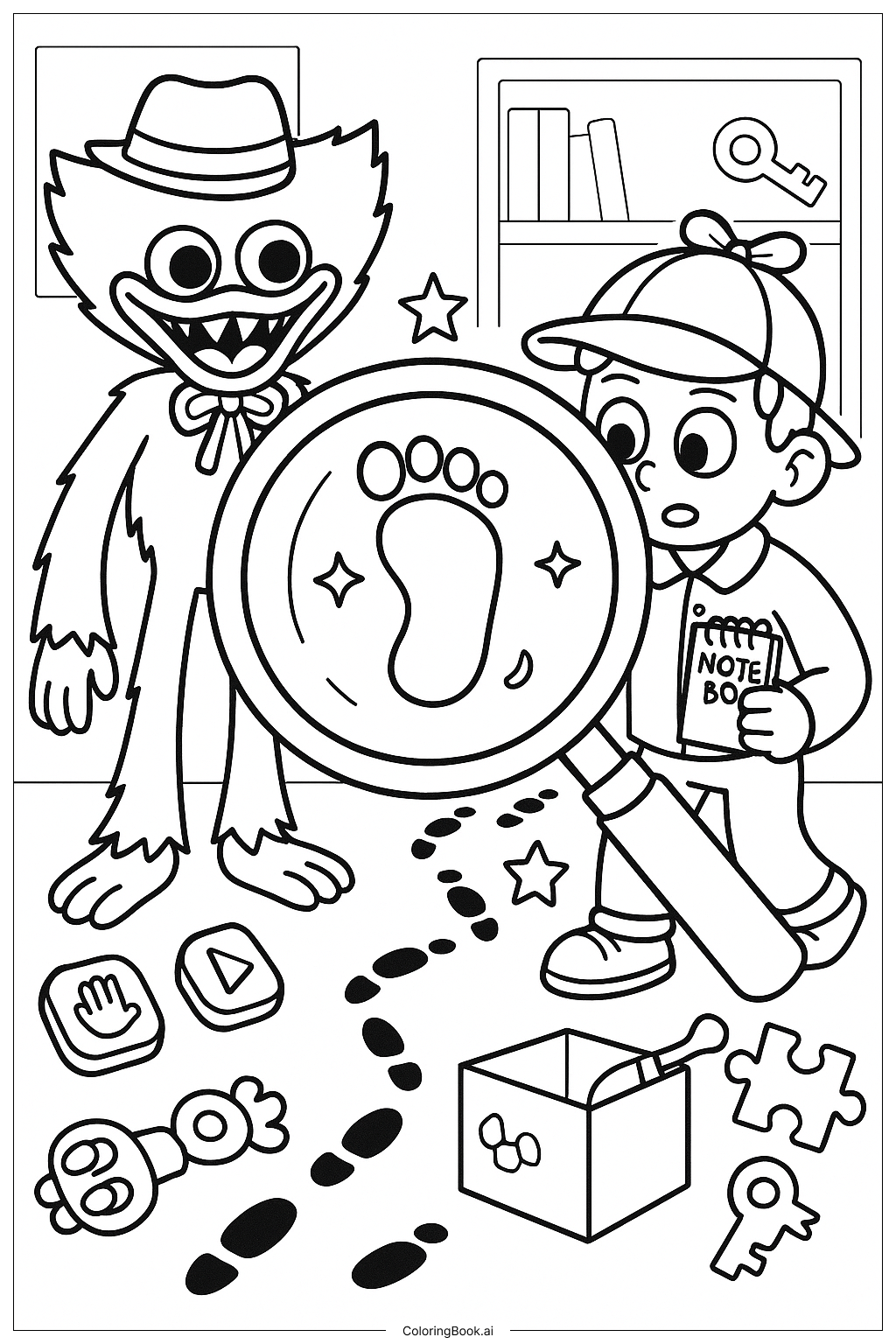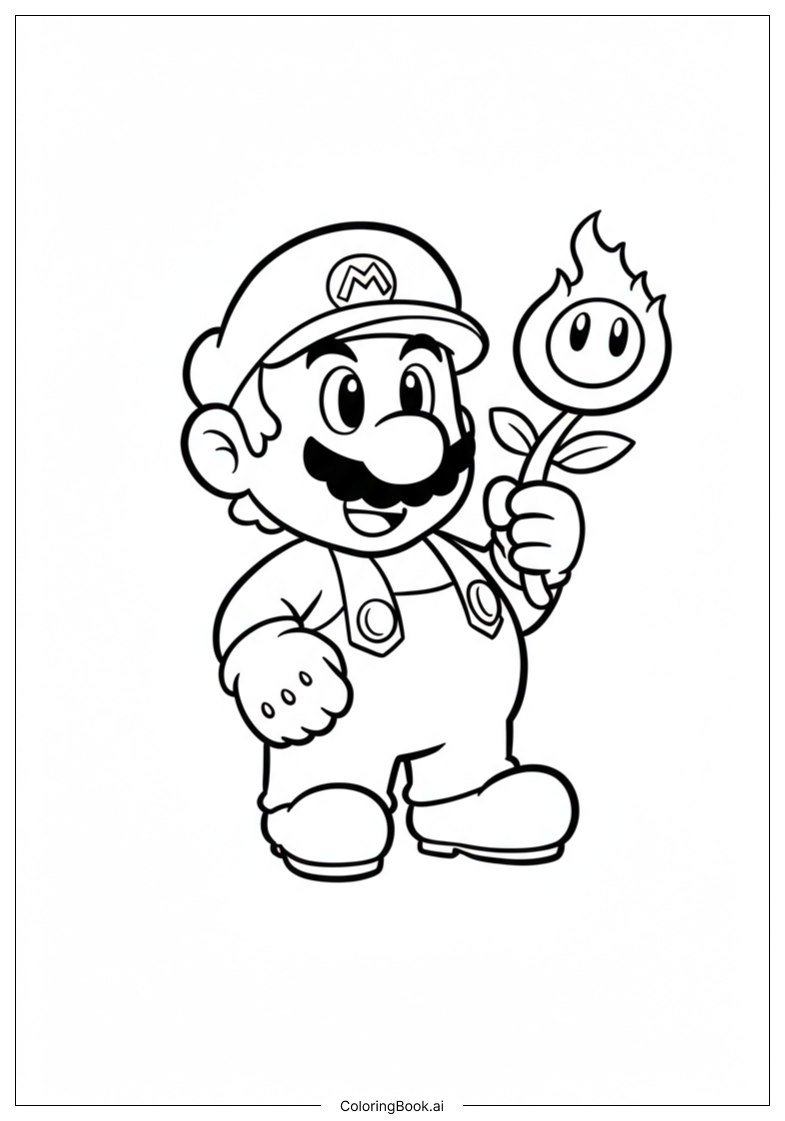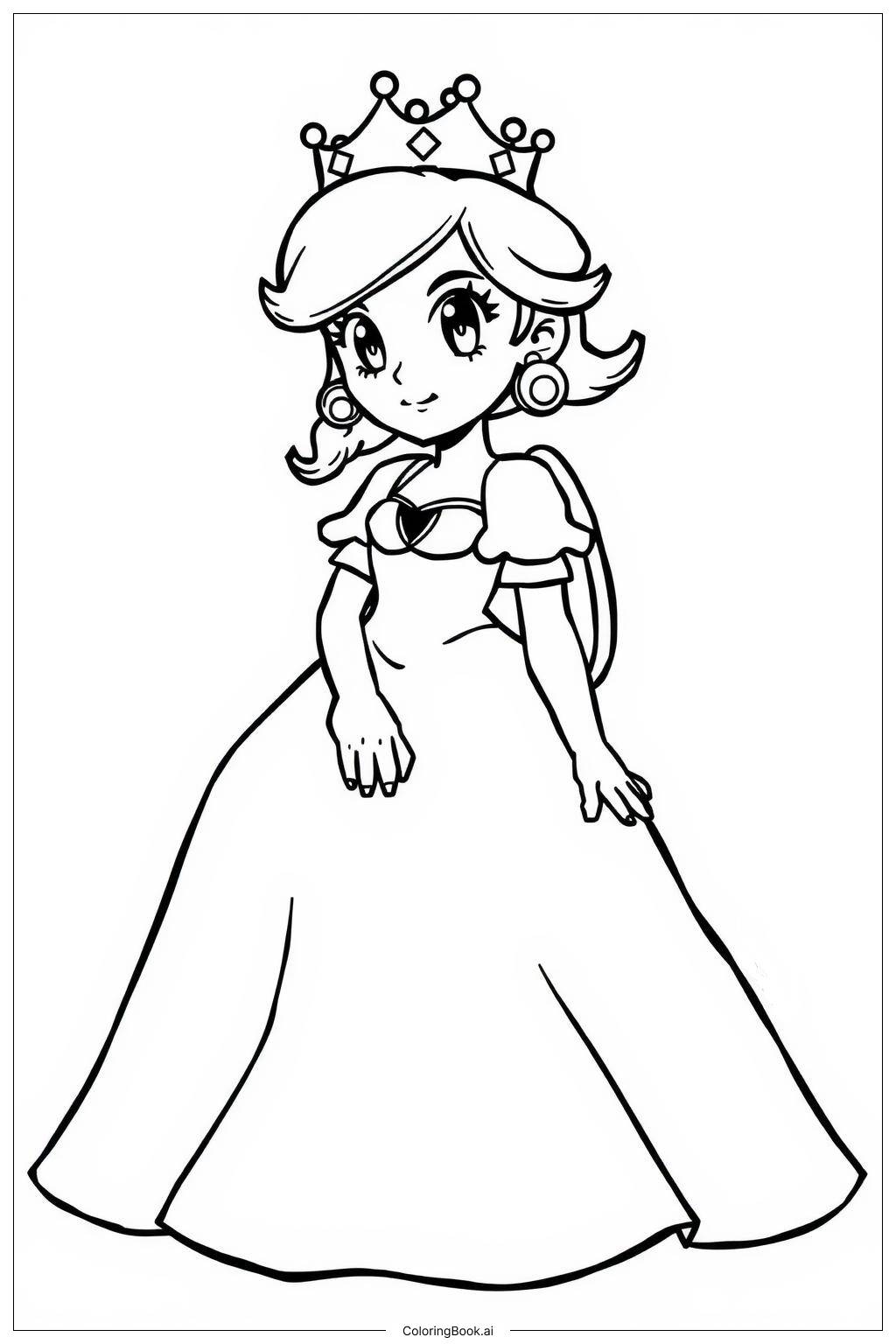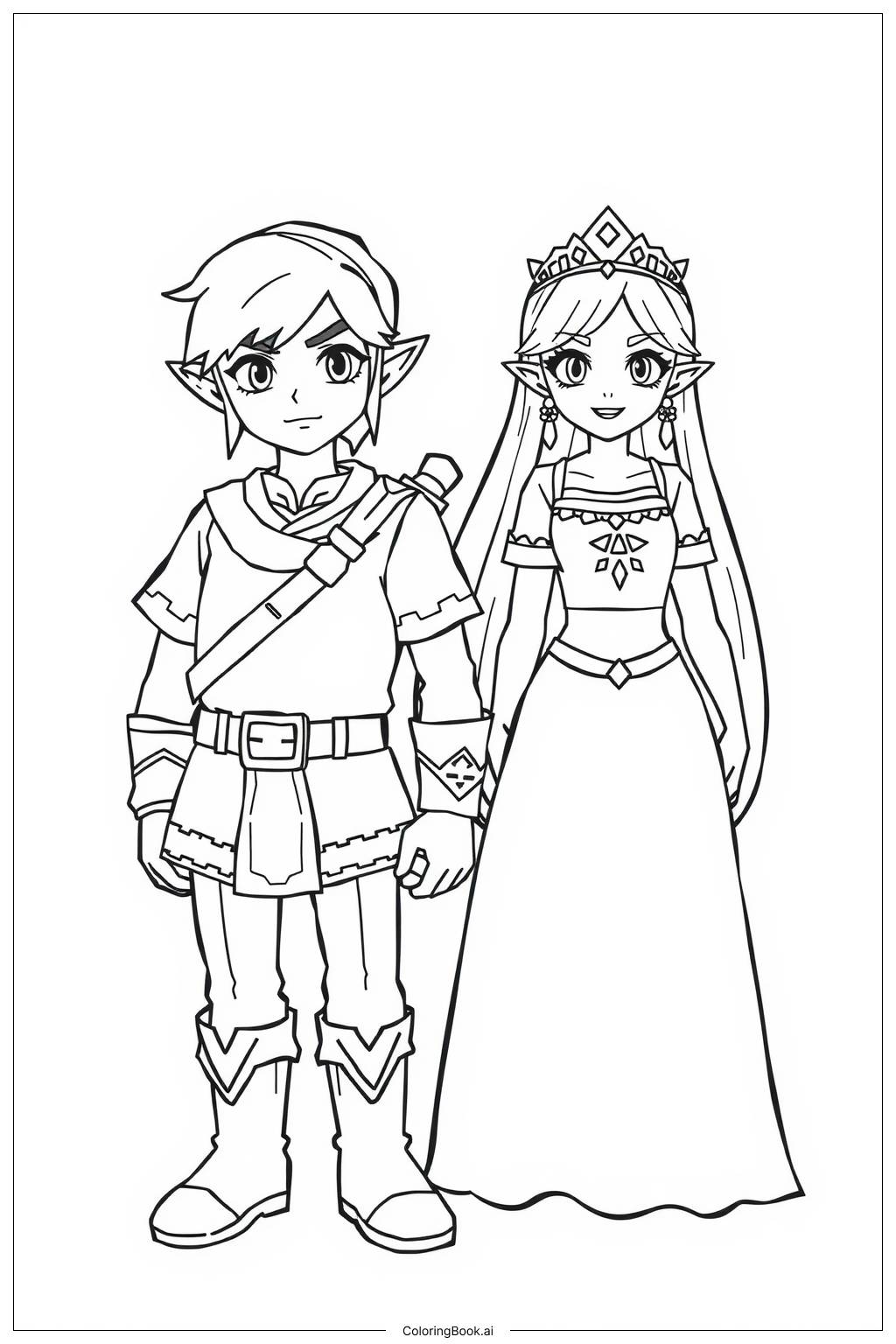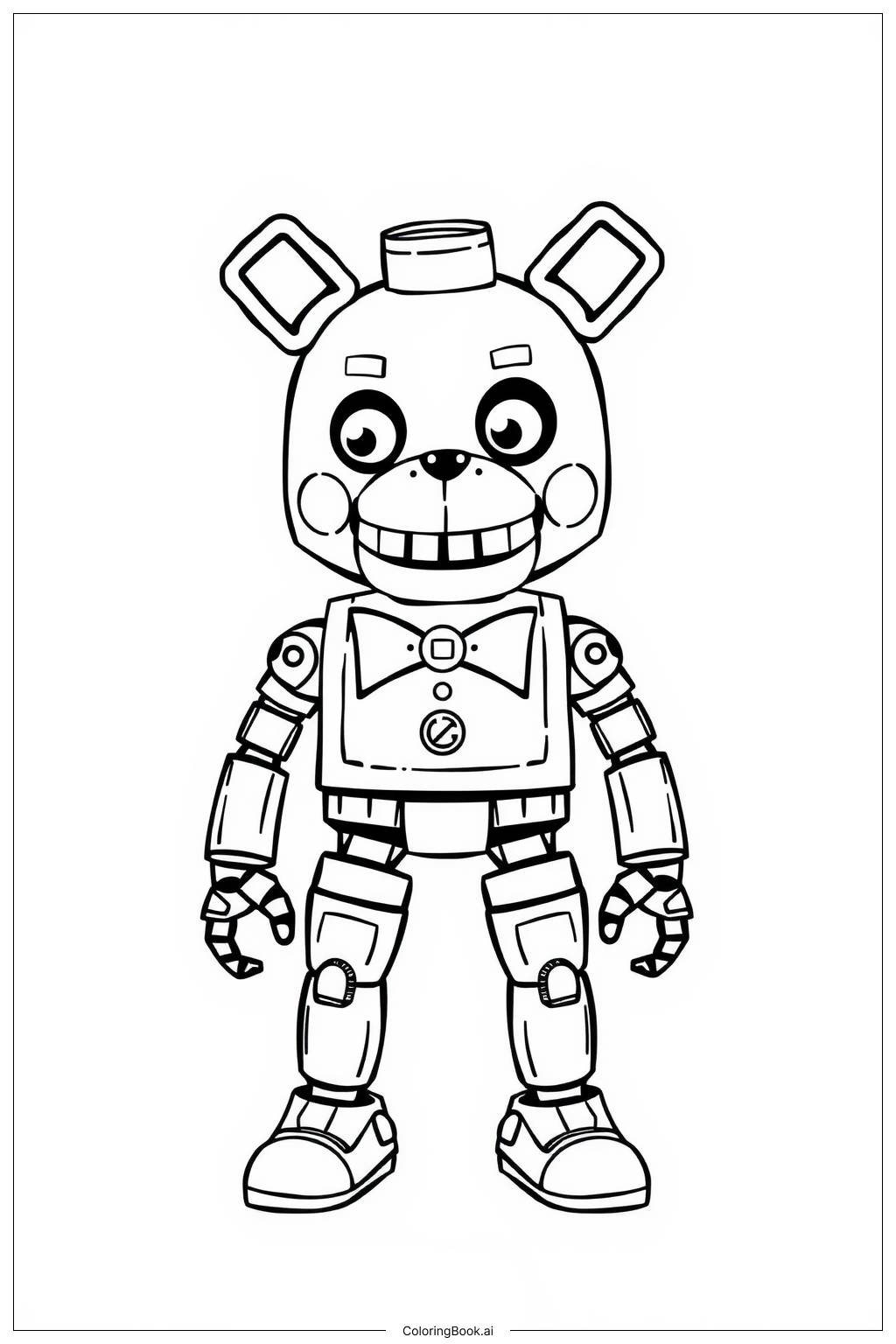Coloring tips: How to color Poppy Playtime Broken Toy Pieces Collection coloring page well?
Use bright and bold colors to make each toy piece stand out. Try coloring the gears in metallic shades like silver or gold to make them look like real machine parts. For the arms and legs, use skin tones or fun colors like blue, red, or green, just like robot or doll parts. The screws can be colored grey or black to look like metal. You can also add shading around the broken edges to give them a cracked or worn look. Feel free to mix and match colors to create a fun, patchwork toy feel.
Coloring challenges: Which parts are difficult to color and need attention for Poppy Playtime Broken Toy Pieces Collection coloring page?
1. Small Details: The screws and some parts of the gears are small, which can make it tricky to color neatly inside the lines. 2. Broken Edges: The jagged broken edges need careful coloring to highlight the cracks without coloring outside the lines. 3. Different Shapes: The image contains many different shaped parts that require you to adjust how you color each shape for a realistic effect. 4. Color Consistency: Keeping a consistent color theme across many separate parts can be challenging but helps the picture look better. 5. Fine Lines: Thin lines on some parts require a steady hand to stay within the boundaries while coloring.
Benefits of coloring books: Advantages of drawing Poppy Playtime Broken Toy Pieces Collection coloring page
Coloring this image helps improve your fine motor skills by practicing coloring within small and tricky spaces. It also boosts creativity as you decide which colors to use for different toy parts. The picture encourages focus and patience because you need to be careful with details like small screws and broken edges. Additionally, it helps you learn about different shapes and how to use colors to show texture and parts of a toy. Overall, coloring these broken toy parts can be fun and educational, perfect for children aged 4 to 16.
